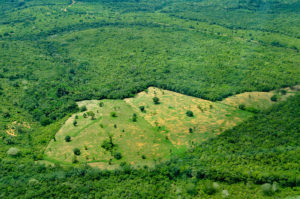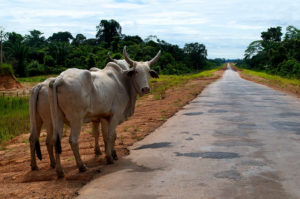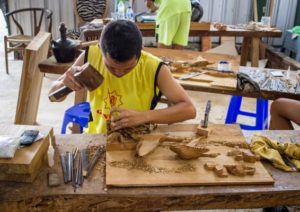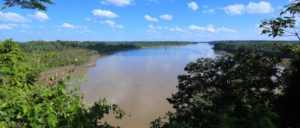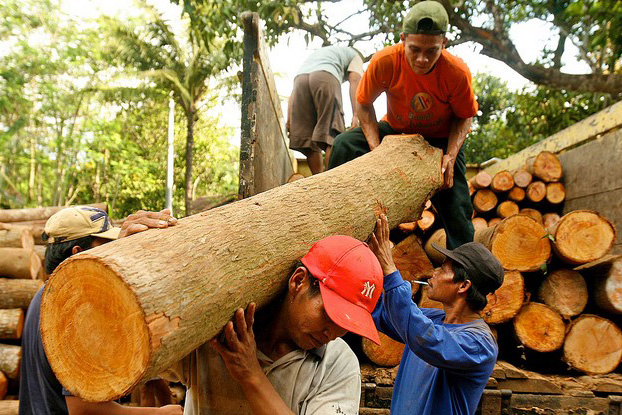An internationally recognized product labelling system designed to assure consumers that they are buying sustainably-sourced forest products is falling short of some of its intended objectives, according to new research.
Since 1994, the Forest Stewardship Council (FSC) certification framework of agreed indicators has encouraged companies to adhere to sustainable forest management practices, which are also aimed at simultaneously increasing financial profitability.
Companies follow guidelines to extract timber responsibly, reduce impact on forest ecosystems and help reduce land and soil degradation. FSC certification, one of the most widely accepted standards aimed at assessing long term sustainable forest management worldwide, is also designed to protect the rights of workers and indigenous people.
However, a study undertaken in Brazil by scientists with the CGIAR Research Program on Forests, Trees and Agroforestry (FTA), published in the journal of Forest Policy and Economics determined that a lack of transparency and unclear reporting indicators restrict the reliability of the program.
“We found that in Brazil, FSC auditors and certification bodies don’t succeed in guaranteeing companies are in full conformity with labor and environmental requirements due to a lack of clarity on how standards are applied and conformity assessments administered,” said Marie-Gabrielle Piketty, who undertook the project as a researcher with the French Agricultural Centre for International Development (CIRAD). “Notably, there are really important and trustworthy agents in the certification system — everything relies on them, but we need to better understand the exact processes at stake.”
The country’s 6.2 million hectares of certified forests make up a significant amount of certified land area worldwide, more than in any other tropical country. Forest plantations make up three quarters of Brazil’s certified area, while the Brazilian Amazon includes 1.5 million hectares of certified natural forests.
FSC certification in Brazil is based on 10 principles, 55 criteria and an average of 200 indicators, which must be verified by external auditors, who report conformity and non-conformity, request corrective actions and determine whether to grant or revoke certification.
Read also: Can REDD+ help Brazil roll back rising deforestation rates?
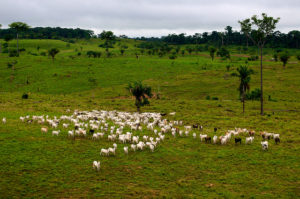
Piketty conducted the research with Isabel Garcia Drigo, who formerly worked with Nexus Socioambiental Ltda., a company which helps perform audits. She now works for the Institute of Forest and Agriculture Management and Certification (IMAFLORA). Together they reviewed public documents, conducted interviews, and undertook an analysis of indicators and “non-conformance” in audit reports.
“With FSC, we imagine a perfect system has been put in place, but it’s not perfect because it’s very, very difficult to comply with the standards,” Garcia Drigo said. “Being certified by FSC doesn’t mean you have perfect forest management — forests and forest management can be certified even with failures or imperfections.”
The goal of the researchers was to determine how auditors shape implementation and the amount of wiggle room that exists to interpret standards subjectively rather than objectively.
Some indicators are not open to interpretation, but others are, which means that the specific knowledge or judgement of an individual auditor can affect whether a company is certified or not. Some of the objective indicators are more difficult to check through auditing because they are too broad.
For example, one indicator includes informing workers and surrounding communities about the importance of forest management activities and their environmental implications. However, the statement does not define which information or methods of communication are essential and acceptable, Piketty and Garcia Drigo said.
Auditors can classify non-conformance as either a major or minor infraction, a major infraction can result in the suspension of certification but an act of minor non-conformance does not result in certification being revoked. They must be solved within a maximum period of a year.
However, Piketty and Garcia Drigo demonstrated that companies can be certified despite recurrent minor non-conformance. They recommend that FSC undertake a systematic review to identify areas where auditors have excessive freedom to interpret “conformance.” A limit should be set for allowable minor non-conformance concerns, they said.
Read also: Decoding deforestation in Brazil and Bolivia
Although there is a rule to label them as major non-conformance if they are repeated, in cases where indicators are too broad or too difficult to comply with – for example, if they encompass multiple aspects or are dependent on three-part actions – auditors have room to allow the recurrence.
However, this potential demonstrates a permanent failure of the forest management system, and FSC needs to review such indicators by improving them or establishing a limit on time to meet full compliance requirements.
Another challenge is that the public FSC certification database only shows recent certification reports and non-conformance assessments. Conformance assessments are not published.
“We need to know how auditors assess that a company really does follow all the rules, Piketty said. “If we don’t have access, we just don’t know, we just have to trust and accept. Consumers of certified products need assurance that they have been made from responsible sources and are verified properly to meet appropriate socio-environmental standards.”
FSC recognizes the potential fluidity inherent in its auditing practices. In 2016, the organization conducted a review of life cycle assessment practices, which are often used to support sustainability assessment or rating systems. The review determined that although the life-cycle perspective is important for addressing the environmental impact of production processes, it should be complemented with other assessment tools.
By Julie Mollins, originally published at CIFOR’s Forests News.
This work was supported by the French National Research Agency (ANR-11-CEPL-0009).
This research forms part of the CGIAR Research Program on Forests, Trees and Agroforestry, which is supported by the CGIAR Trust Fund.












